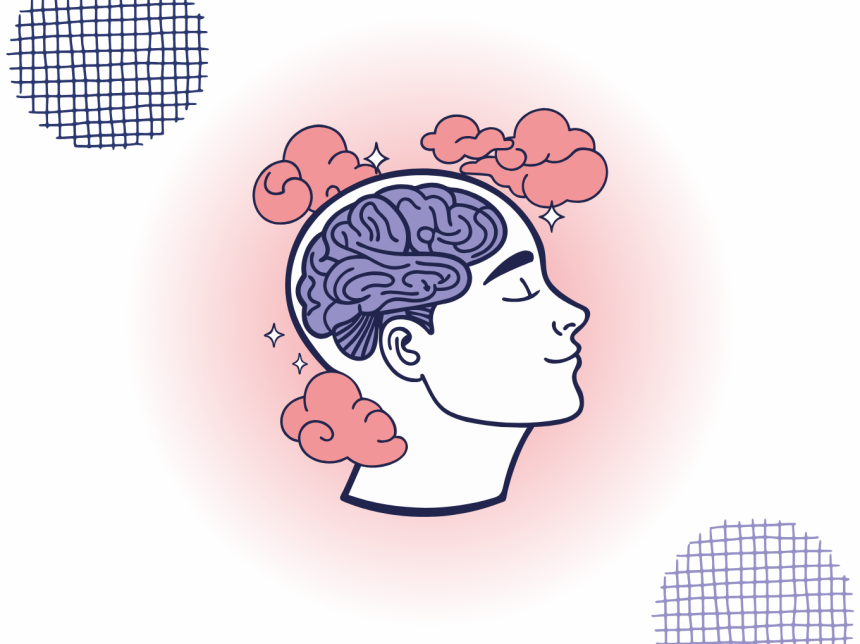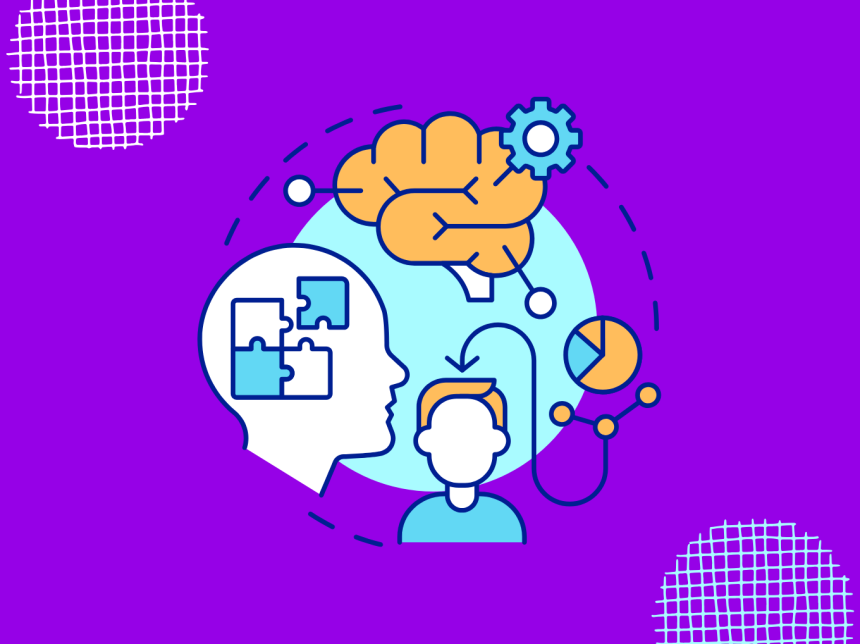
The Sources of Mental Disorders: Understanding the Roots of Psychological Suffering
Explore the biological, psychological, and social causes of mental disorders. Understand their origins and how they shape mental health today.
Why Understanding Mental Disorders Matters
Mental disorders affect millions of people worldwide, influencing not only individual lives but also families, communities, and entire societies. Despite decades of research, stigma and misunderstanding still surround conditions like depression, anxiety, bipolar disorder, or schizophrenia.
To move beyond stereotypes, it is crucial to understand the roots of mental illness. Modern psychology, psychiatry, and neuroscience show that mental disorders do not have a single cause. Instead, they emerge from the complex interaction of biological, psychological, and social factors.
Biological Foundations of Mental Disorders
One of the most studied areas in mental health is the biological basis of disorders. Several biological factors can increase vulnerability:
1. Genetics and Heredity
Research consistently shows that mental illness can run in families. For example:
- Schizophrenia and bipolar disorder have strong genetic links.
- Children of parents with depression are more likely to develop depressive symptoms.
But genes are not destiny; they increase risk but do not guarantee a disorder.
2. Brain Chemistry and Neurotransmitters
Imbalances in chemicals like serotonin, dopamine, and norepinephrine are linked to mood and anxiety disorders. For instance:
- Low serotonin is often associated with depression.
- Excess dopamine activity has been connected to psychosis.
3. Brain Structure and Function
Advances in brain imaging reveal structural differences in certain disorders:
- Smaller hippocampal volume in patients with PTSD.
- Altered prefrontal cortex activity in ADHD.
4. Physical Health and Neurological Injury
Traumatic brain injury, chronic illness, or exposure to toxins can increase risk. For example, prolonged stress changes the brain’s structure, especially in regions linked to memory and emotion.
🖼 Image Alt Text: “MRI brain scan illustration – biological basis of mental illness.”
Psychological Factors in Mental Disorders
Beyond biology, the psychological environment plays a critical role. Theories in clinical psychology highlight several pathways:
1. Childhood Trauma and Early Experiences
Adverse Childhood Experiences (ACEs) such as abuse, neglect, or loss of a parent strongly predict later mental illness. Trauma affects brain development and emotional regulation.
2. Personality Traits and Cognitive Patterns
- Perfectionism is linked with anxiety and eating disorders.
- Pessimistic or self-critical thought patterns increase vulnerability to depression.
- Low resilience makes stress harder to manage.
3. Learned Behaviors and Conditioning
Behavioral psychology shows that unhealthy coping mechanisms—like avoidance or substance use—can reinforce mental distress.
4. Unresolved Conflicts
From a psychodynamic perspective, unconscious conflicts or unresolved grief can manifest as symptoms such as anxiety, phobias, or somatic complaints.
Social and Environmental Sources of Mental Disorders
Mental health does not exist in a vacuum. The social context we live in significantly shapes vulnerability to mental illness:
1. Stressful Life Events
Divorce, job loss, financial strain, or grief can trigger mental health crises.
2. Social Isolation
Humans are social beings. Loneliness and lack of social support are strongly linked to depression and even physical illness.
3. Poverty and Inequality
Limited access to healthcare, education, and safe housing creates chronic stress that increases risk for mental disorders.
4. Cultural and Societal Pressures
- Stigma around mental illness discourages people from seeking help.
- Unrealistic societal expectations around success, beauty, or productivity contribute to anxiety and low self-esteem.
5. Global Challenges
Wars, forced migration, and climate-related disasters leave lasting psychological scars. Refugee populations show high rates of PTSD and depression.
The Biopsychosocial Model: A Holistic View
No single factor explains why one person develops a disorder while another does not. Instead, the biopsychosocial model integrates:
- Biology (genes, brain, chemistry)
- Psychology (thoughts, behaviors, personality)
- Society (family, culture, environment)
This model reflects the reality that mental disorders are multi-causal and multifaceted. For example, a person might inherit a genetic predisposition for depression, experience neglect in childhood, and then encounter stressful life events that activate the disorder.
Modern Challenges and Emerging Research
The field of mental health is constantly evolving. New research explores:
- Epigenetics – how life experiences can switch genes on or off, shaping vulnerability.
- Neuroplasticity – the brain’s ability to rewire itself, offering hope for recovery.
- Digital Life – the role of social media, screen addiction, and online pressures in shaping mental well-being.
- Global Mental Health – understanding cultural differences in how mental illness is experienced and treated.
Preventing and Addressing Mental Disorders
While we cannot always eliminate risk factors, we can strengthen protective factors:
- Supportive family and community networks
- Access to affordable mental health services
- Healthy coping mechanisms like mindfulness, journaling, or exercise
- Public education to reduce stigma
- Policies addressing poverty, inequality, and trauma-informed care
Understanding to Heal
Mental disorders do not arise from weakness or personal failure. They emerge from the complex interplay of biology, psychology, and society. By recognizing their multiple sources, we can replace stigma with compassion and improve prevention, treatment, and support.
Ultimately, understanding the roots of mental illness is not just about science—it is about building healthier, more humane communities where everyone has the chance to thrive.




